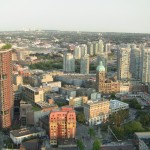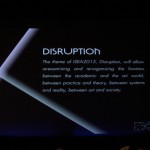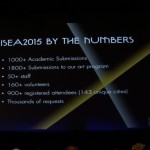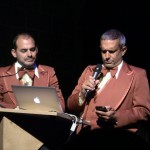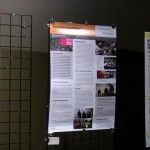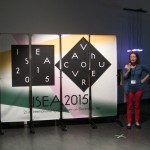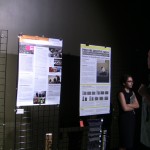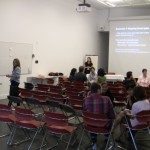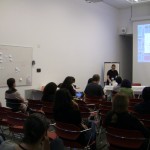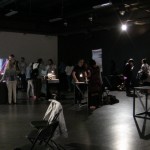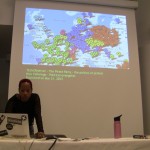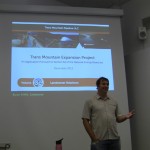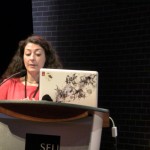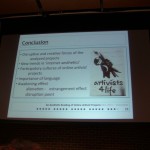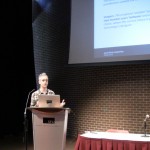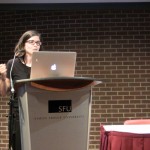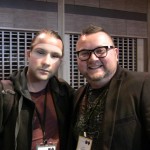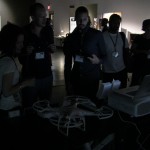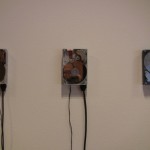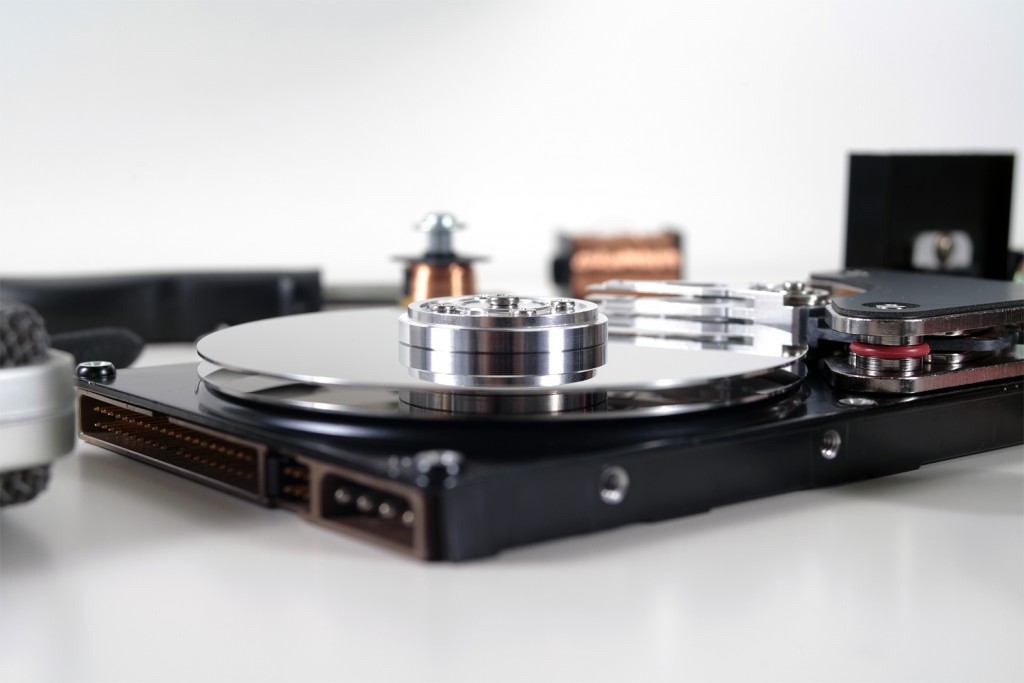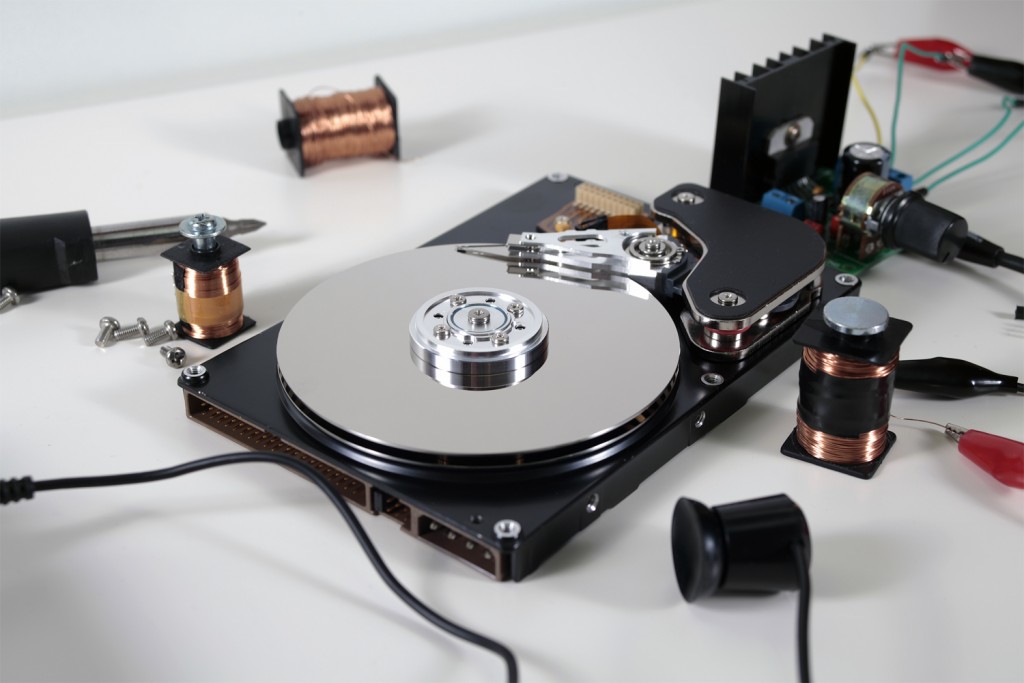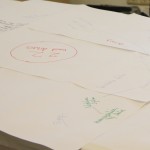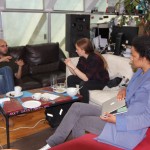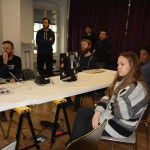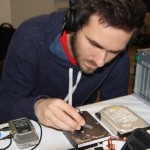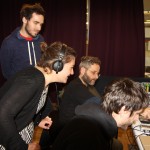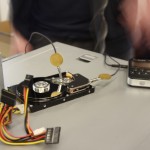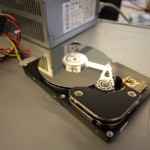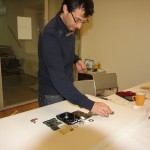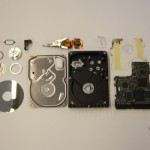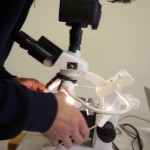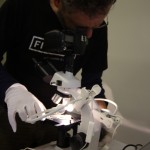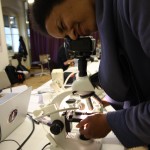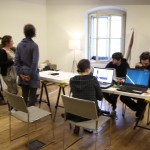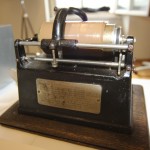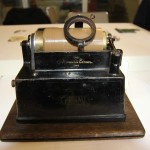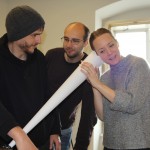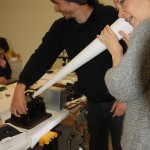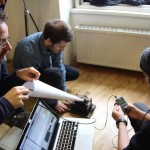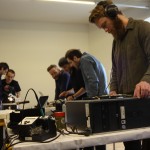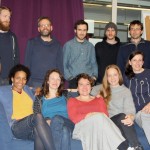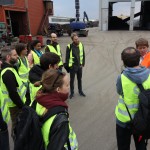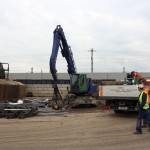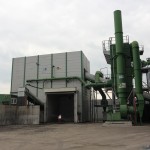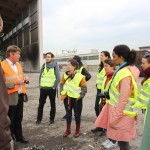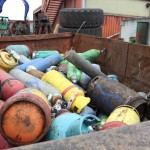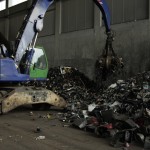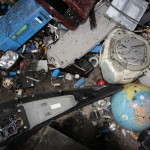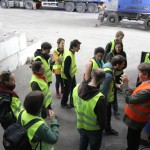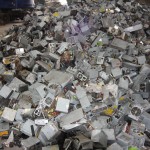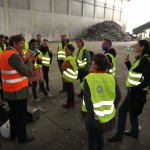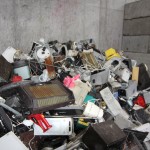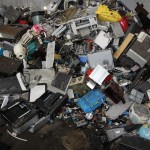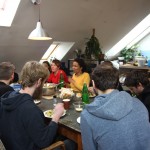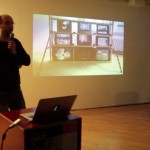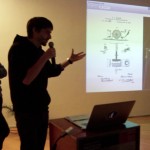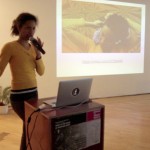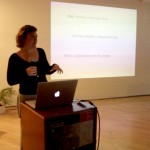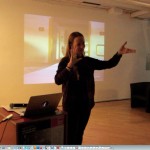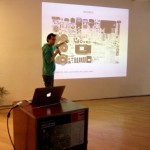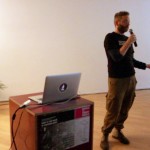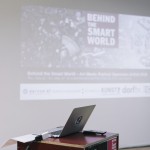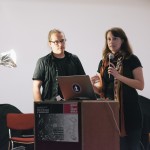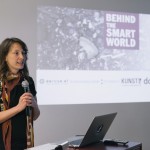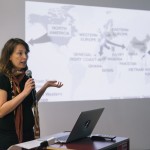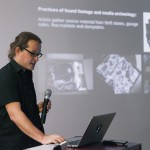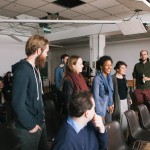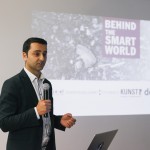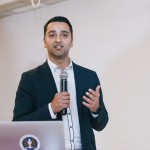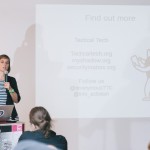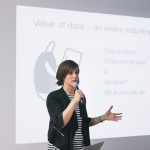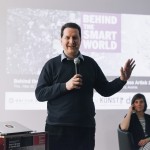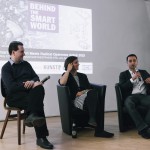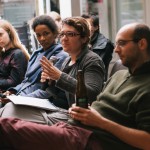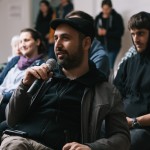Thursday 26th of November 7:00pm
servus CLUBRAUM, Kirchengasse 4, 4040 Linz
Work in process show David Young
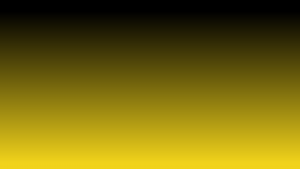
Since June 2015 Artist Dave Young is our virtual resident in the frame of the project Artist Run Data Center. David Young investigates into the connections between the history of cartographic systems and disruptive geopolitics of drone warfare since 2012. He developed an experimental map that identifies the distributed networks of command and control behind a single US drone strike.
Kill lists, drone strikes, collateral damage, extra-judicial processes, and the blurred borderlines of sovereign states – together they hint at a kind of covert warfare governed as much by bureaucratic as technological protocols, often hidden from public view. What methodologies are most appropriate to unpacking these complex systems, and how can we expose the most important nodes in these networks of power to public critique?
The informal Setup will give insights of Davis Youngs long term investigations as well as how he has been using the virtual residency at servus.at to develop a digital version of his project.
Artist Run Data Center
Artist Run Data Center is a virtual residency program by servus.at. It offers financial support for artists who investigate into phenomenons of our digital everyday life by using remarkably methods. As well accepted are Software projects contributing to the FLOSS Community (free/libre Open Source Software) and projects using Code within the genre FLOSS&Art.
de
Donnerstag 26. November 2015, 19:00
servus CLUBRAUM
Seit Juni 2015 ist Dave Young Arist in Residence bei servus.at im Rahmen des Projektes “Artist Run Data Center” (ARDC) . Dave Young erforscht seit 2012 die historischen Zusammenhänge von kartografischen Systemen und der zerstörerischen geopolitischen Kriegsführung durch Drohnen. Er entwickelte eine experimentelle Landkarte, mit der es möglich ist ein Netzwerk von Befehlen und Kontrolle, hinter einem von der USA ausgehenden Drohnenangriffs, zu identifizieren.
Tötungslisten, Drohnenangriffe, Begleitschäden, außergerichtliche Prozesse und die verwischten Grenzen von souveränen Staaten sind Hinweise auf eine verdeckte Kriegsführung gestützt auf bürokratische und technologische Protokolle. Diese bleiben oftmals vor der Öffentlichkeit verborgen. Welche Methoden eigenen sich am besten, um diese komplexen Systeme zu entschlüsseln und wie können wir die wichtigsten Zusammenhänge enthüllen?
In dem informellen Setup wird Dave Young Einblick in seine Lanzeitforschung geben. Er präsentiert auch, wie er seine virtuelle Residency bei servus.at genutzt hat, um eine digitale Version seines Projekts zu entwickeln.
http://repomtrx.servus.at
Artist Run Data Center
Artist Run Data Center ist ein virtuelles Residency Programm des Vereins servus.at. Das Programm bietet eine finanzielle Starthilfe für Projekte, die Phänome unseres digitalen Alltags auf außergewöhnliche Weise reflektieren. Gefördert werden auch Softwareprojekte, die einen Beitrag zur FLOSS (free/libre Open Source Software) Community leisten oder Code als Kunstform verwenden (FLOSS&Art).
